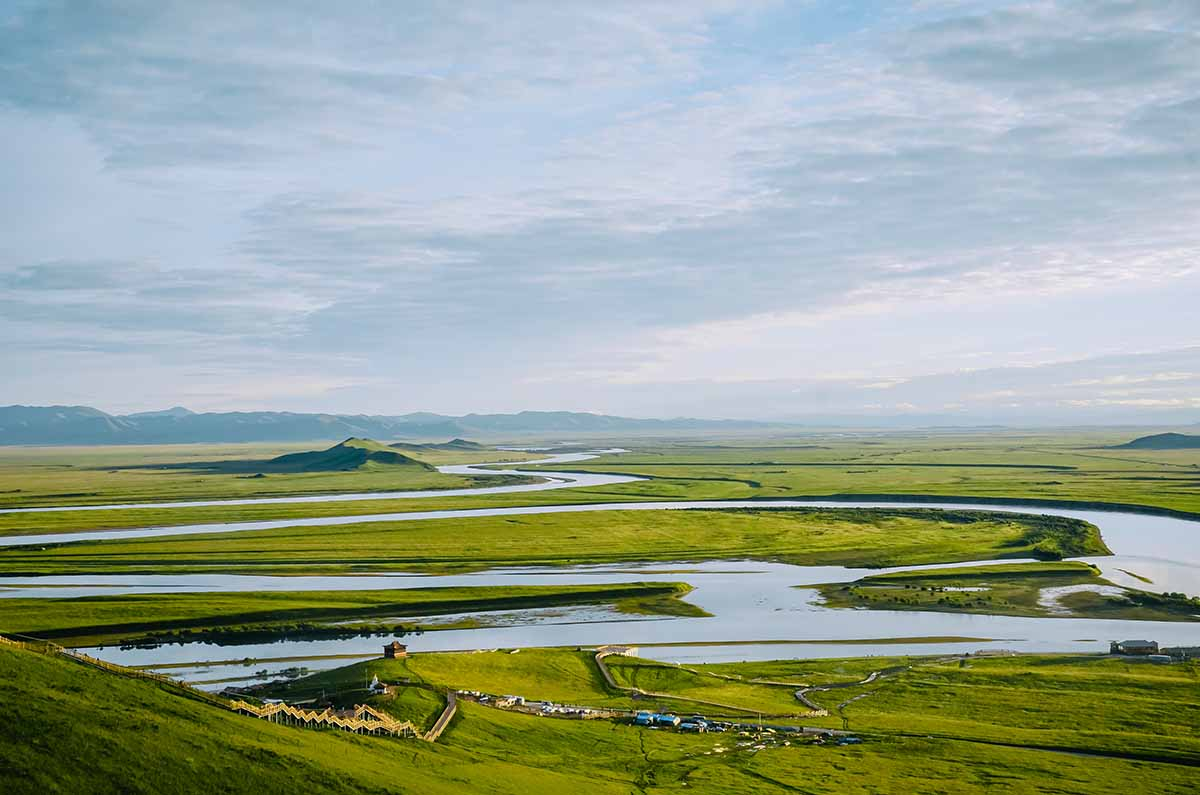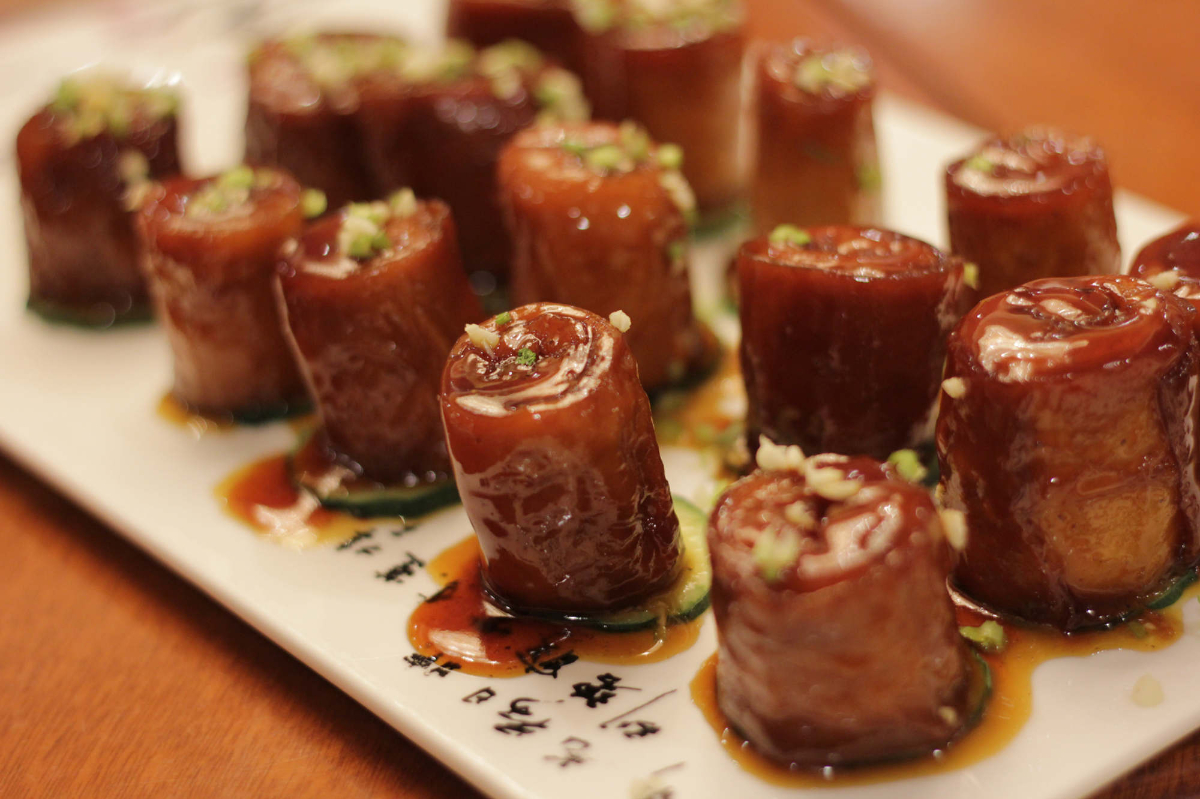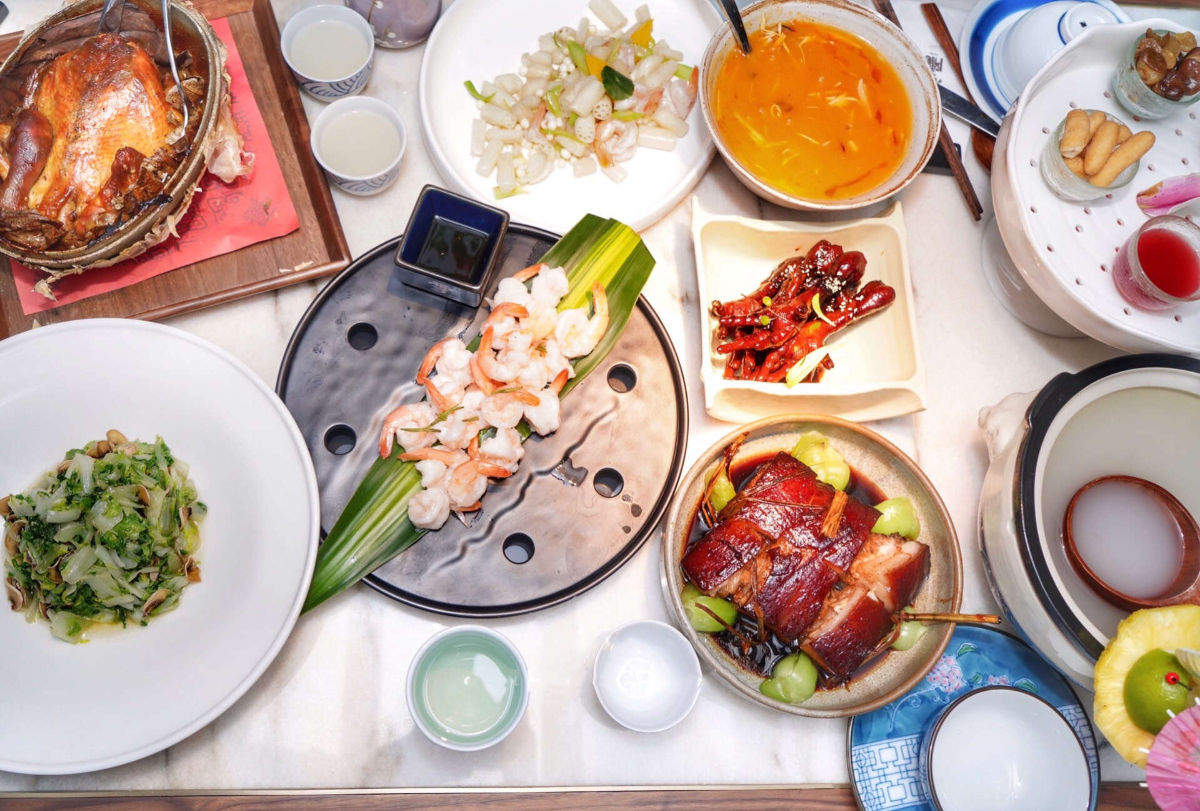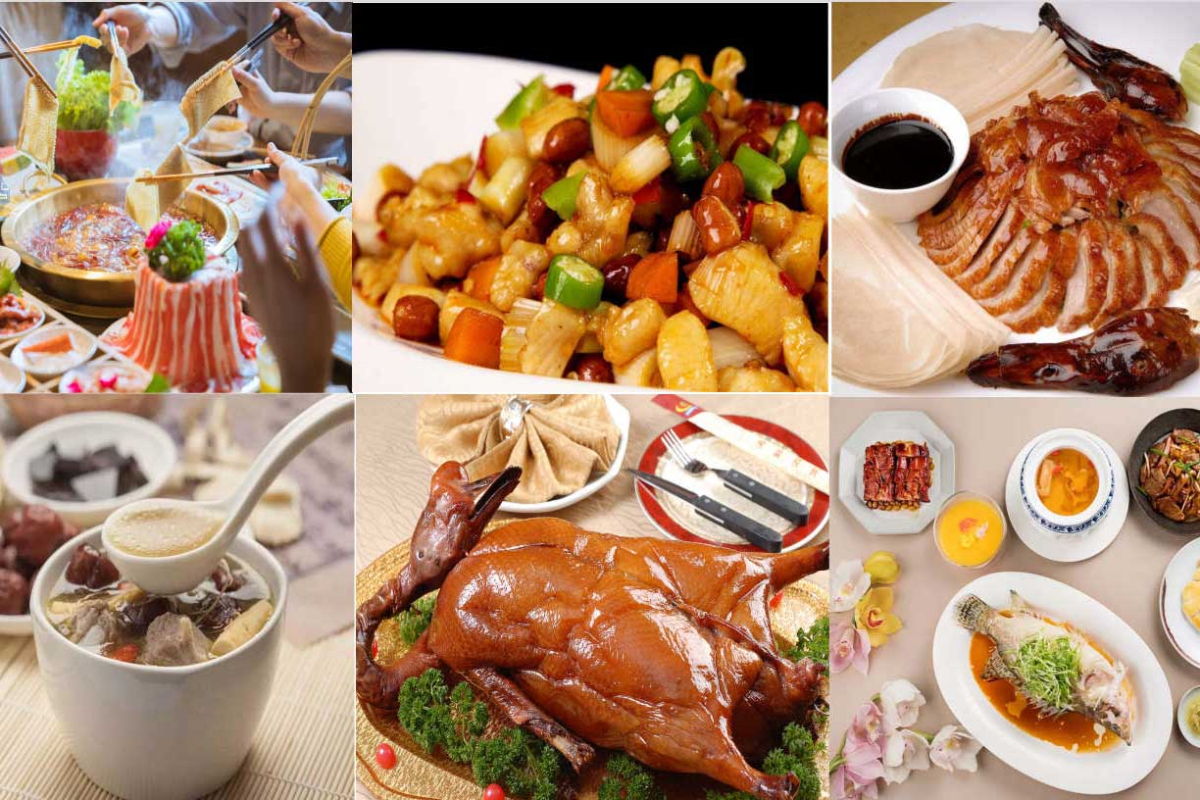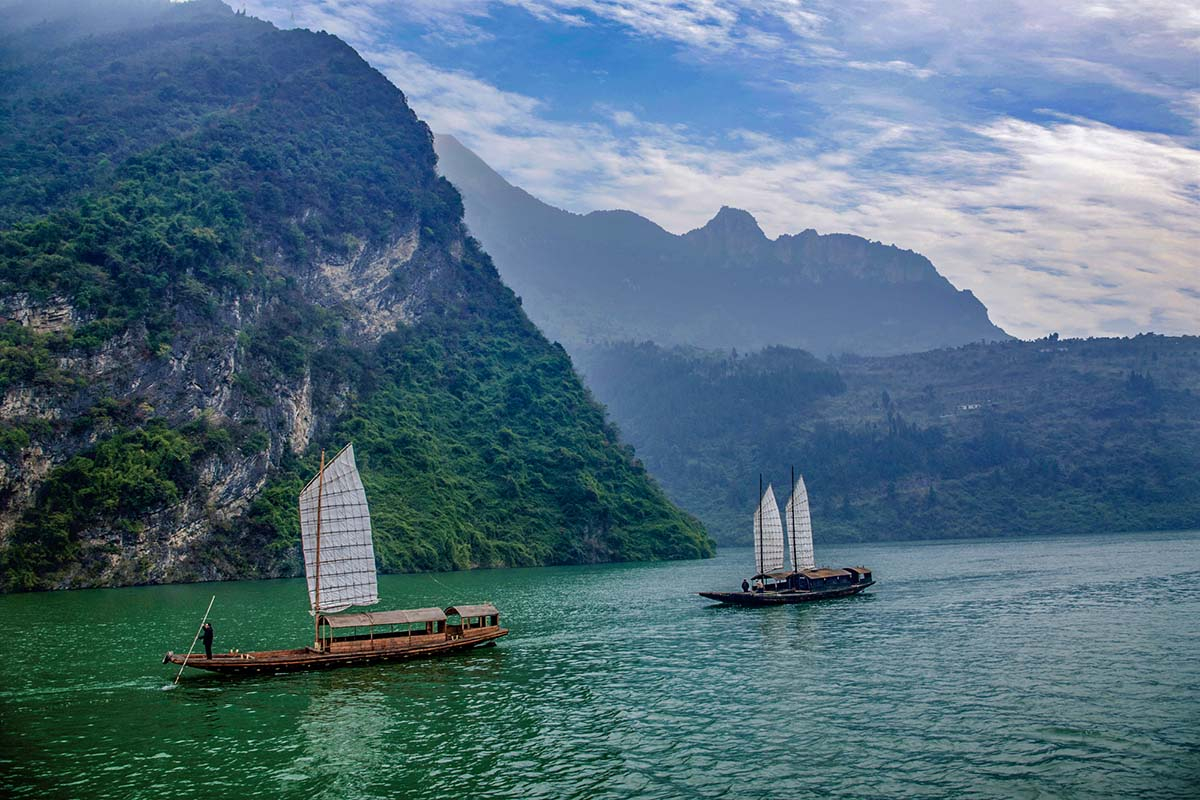Some quick facts about China
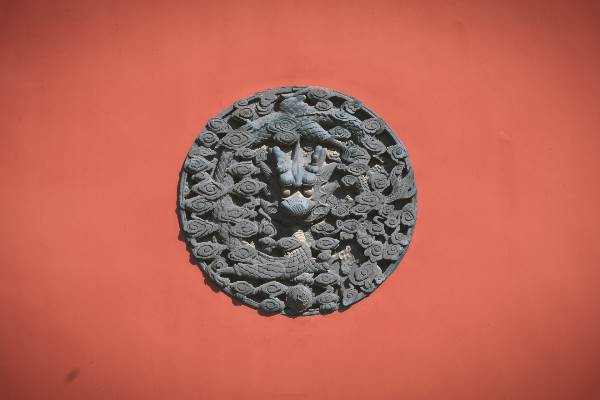
China, with its 5,000 years of documented history, is of one of the oldest civilizations on earth. It is a land of many superlatives: China’s 1.34 billion inhabitants make it the most populous country in the world. With 982 million native speakers, Mandarin is the most spoken mother tongue on earth. The largest palace complex in the world, the Forbidden City in Beijing, was built around 600 years ago. The largest city in the world is located in southwest of China, Chongqing, with its 30.8 million inhabitants. Shanghai, the second largest city in the world, also has the largest port in the world. 10 of the 20 tallest buildings in the world are can be found in China.
As impressive as this may sound, China is much more than a series of abstract extremes. China is a country that shows a promising future and has managed within one generation, to overcome the Middle Ages and to enter modernity. This rapid development led to a general mindset of openness towards innovations and foreign ideas. As a result the Chinese pragmatism resulted in over 30 years of unconfined economic growth and made China the second largest economy in the world.
In addition, China also has to offer impressive landscapes and a highly diversified nature. The cold northeast of the country is home to the Amur tiger and the sturgeon. In the warm southwest, one can observe monkeys and pandas in the wild. China’s 55 minorities account for around 8% of the total population and many of them show totally different customs and traditions, which gives the country many faces.
For a long time the West has been fascinated by China. Paper, porcelain and silk were invented in China centuries ago and already then desired merchandise. Later, the fruits and flowers from China’s Southwest changed the faces of 19th century Europe’s gardens and fields. Even today, Chinese influences attract more and more people from foreign countries: for example, dishes of the different Chinese cuisines or traditional Chinese medicine, which considers man and the environment as a whole. This is also true for the various schools of thought such as those of Confucius, Lao Tzu, or the strategies of General Sun Tzu, which are even taught at West Point.
China is a country that often seems familiarly Western, but at the same time totally different. Since the days of Marco Polo one thing remains true: China is worth the trip!
● History
As one of the Four Great Ancient Civilizations, China has a recorded history of more than 4,000 years. The earliest primitive man discovered so far, known as 'Yuanmou Man' lived approximately 1.7 million years ago. The 'Beijing Man' discovered in Zhoukoudian in the suburban area of Beijing lived 600,000 years ago. Beijing Man was able to walk upright, use simple tools and make use of natural fire. Evidence of the cultivation of rice and millet using farming tools dating back to six to seven thousand years ago was discovered in Hemudu Town of Yuyao City, Zhejiang Province, and Banpo Village near Xian City, Shaanxi Province.
In 2070 BC, the first Chinese dynasty - Xia Dynasty was established. This brought into being a society based upon slavery and China experienced about 1,300-year's rule by the Xia, Shang, and Western Zhou Dynasties. This era was followed by the Eastern Zhou Dynasty also named Spring and Autumn and Warring States periods during which silk production advanced and steel production started. At the same time, many scholars rose to fame despite continual wars and chaos. These included philosophers Lao Zi, Confucius, Mencius and Mo Zi as well as the militarist Sun Wu.
In 221 BC, Ying Zheng, ruler of the Qin State with great talent and bold vision, established the first centralized, unified, multi-ethnic feudal state in Chinese history - the Qin Dynasty, bringing to an end over 250 years of rivalry among the vassals during the Warring States Periods. From that time on China was subject to a long period of feudal society that lasted for nearly 2,100 years, which was the dominant stage of the country's ancient history. During the feudal period, under the rule of many wise emperors, China was one of the world's greatest economies especially during the Han and Tang Dynasties.
At the end of the Qing Dynasty, the Republic of China rose from the chaos, thereby establishing the country as a modern capitalist society. This lasted for a short but turbulent period until the foundation of the People's Republic of China on January 1, 1949. This had the effect of totally changing the fortune of the Chinese people's fortune as the nation entered the socialist era that we know today.
● Regilion
A country as big as China is bound to be home to many different ethnic groups and religions. From the Han Chinese to the Mongols, Nakhi, and Zhuang, all the various Chinese ethnic groups have made their own contribution to China’s culture today. The different religions practiced in China, from Buddhism to ancestor worship, also add to the country’s diversity.
As a Communist country, China has no official religion. That being said, the government does officially recognize five religions: Buddhism, Taoism, Islam, Catholicism, and Protestantism. As of the last official census in 2010, 52.2% of the population said they were unaffiliated with any religion. The other circa 48% of the population is split between the officially recognized religions, as well as folk religions and very small populations of Jewish and Hindu believers.
Confucianism: Societal order and Harmony
You will probably encounter Confucianism and Confucian thoughts and principles during your time in China. The first important thing to know about Confucianism is that it is not actually a religion, but rather a way of thinking and behaving. It was developed from the musings of Confucius (552–479 BC), who pondered the best way to establish societal order and harmony.
Within a couple centuries, Confucianism started to gain a popular following. This ethical and philosophical system centers around filial piety, kinship, loyalty, and knowing one’s proper place in society and acting accordingly. These Confucian principles and doctrines played an important part in shaping how Chinese people think and act today. If you understand Confucianism, you’ll be well on your way to understanding the Chinese mindset.
Buddhism: The Noble Eightfold Path
Buddhism is practiced by the largest number of people in China, about 18%. This religion first reached China circa 2,000 years ago. It subsequently developed into three sections: Han Buddhism (the largest branch), Tibetan Buddhism, and Southern Buddhism (the smallest branch). Buddhism has had a great influence on the local culture in China in terms of art, literature, and ideology. Today, Buddhism enjoys followers from all social classes. There are about 13,000 Buddhist temples with 180,000 monks and nuns in mainland China.
Taoism: The Balance between Yin and Yang
Taoism, unlike Buddhism, developed in China. It dates back to the Eastern Han Dynasty (25–220). In Taoism, emphasis is placed on living in harmony with the tao (the “way”). Taoism’s influence on Chinese culture far outweighs its number of official followers today (less than 1%). Its legacy is mostly in the areas of literature and traditional medicine. Several well-known concepts, such as the importance of preserving the balance between yin and yang, are central teachings of Taoism. There are around 300 Taoist temples scattered around China.
Islam: Submission to God
Approximately 1.8% of the population in China practices Islam. This religion was introduced to areas of present-day China during the 7th century. Although Muslims live in all Chinese provinces, the highest concentration can be found in the Xinjiang Uyghur Autonomous Region, the Ningxia Hui Autonomous Region, Gansu Province, and Qinghai Province. Ten of China’s 56 officially recognized ethnic groups practice Islam. The vast majority of Muslims in China are followers of Sunni Islam.
Christianity: State-Sanctioned Churches and Silent Believers
Christianity was first introduced to China in the 7th century. In the 19th century, many Christian missionaries came to China, especially to its port cities. This missionary activity was outlawed in 1949, but since the easing of restrictions in recent years the number of Christians in China has been increasing at a significant rate. Today, an estimated 5% of Chinese people identify as Christian. It is difficult to obtain an exact verified number, as many Chinese Christians do not belong to one of the government-sanctioned churches.
Traditional Folk Beliefs
In addition to the officially recognized religions in China, an estimated 22% of the population holds traditional folk beliefs. These range from ancestor worship to feng shui theory to worshipping Cai Shen (the God of Wealth). Chinese astrology is also very popular in China. Many believe that an individual’s sign can decide one’s character and future. At the beginning of each new year, many Chinese people gather in front of fortune telling programs to see if they will have a successful year and learn how to avoid bad luck. Even Chinese people who don’t officially follow any religion often take part in traditional folk customs and festivals.
● Ethnic Groups
There are 56 ethnic groups in China. The Han people form the largest, numbering 1.1 billion and making up 93.3 percent of the country's population. The other ethnic groups, that is the minority nationalities, total 160 million, only 6.7 percent of the Chinese nation.
Of the minority nationalities, 15 have over a million people each; 13 over 100,000 each; 7 over 50,000 each; and 20 have fewer than 50,000 people each.
The Han people live all over the country but their compact communities are in the Huanghe, Changjiang and Zhujiang valleys and the Songhua-Liaohe Plain of the northeast. The minority nationalities inhabit 60 percent of the country's total area, and they live mainly in the border regions.
All nationalities in China are equal, as stipulated by the Constitution of the People's Republic of China, They take part in the administration of state affairs as equals, irrespective of their numbers or the size of areas they inhabit. Every minority nationality is represented in the National People's Congress, which is the highest organ of state power of the People's Republic of China.
National regional autonomy is practiced in areas where the minority nationalities live in compact communities. There are 5 national autonomous and 75 autonomous counties (or banners in Inner Mongolia). Local autonomous governments are established and local affairs are administered by the minorities themselves. All national autonomous regions are inalienable parts of the People's Republic of China.
At present, because of various historical factors the minority nationality areas are less developed than Han areas economically and culturally. Over the last three decades, the Chinese Government has adopted many policies and measures, including the provision of manpower, financial and technical support, to help develop these minority nationality areas. Such help, of course, is a two-way street, for minority nationality areas have also contributed to the economic development of the areas inhabited by the Han people.
● Festivals
The People’s Republic of China is a unique nation blessed with a rich, ancient heritage which spawned many magnificent festivals, most of which still retain their splendor and importance even in today’s modern world. Chinese New Year is the most prominent event where amazing celebrations are held in cities across the country. Even though it doesn’t rival the extravagance of New Year, the Dragon Boat Festival also lures millions of visitors to the country. China holidays are a time for family, friends and culture.
All traditional holidays are scheduled according to the Chinese calendar (except the Qing Ming and Winter Solstice days, falling on the respective Jie qi in the Agricultural calendar).
Date (Chinese Lunar Calendar) | English Name | Chinese Name | Remarks |
Last day of lunar year | Chinese New Year Eve | • 除夕 | |
The first day of January (lunar calendar) | Chinese New Year (Spring Festival) | • 農曆新年 / 农历新年 | Set off fireworks after midnight; visit family members |
Fifteenth day of January (lunar calendar) | Lantern Festival | • 元宵節 / 元宵节 | Lantern parade and lion dance celebrating the first full moon. Eating tangyuan. This day is also the last day of new year celebration. |
Second day of February (lunar calendar) | Zhonghe Festival (Blue Dragon Festival) | • 中和節 / 中和节 | Eat Chinese pancakes (Chun bing, 春餅) and noodles, clean the house. Also known as Dragon Raising its Head |
Third day of March (lunar calendar) | Shangsi Festival | 上巳節 / 上巳节 | Traditional Chinese Women's Day, also known as 妇女节. |
At the Qingming solar term,solar longitude of 15°, 104 days after winter solstice(around 5 April) | Qingming Festival (Tomb Sweeping Festival, Tomb Sweeping Day, Clear and Bright Festival) | 清明節 / 清明节 | Visit, clean, and make offerings at ancestral gravesites, spring outing |
Eighth day of the fourth lunar month | Buddha's Birthday | 佛誕 / 佛诞 | Visit Buddhist temple, offer food to the monks |
Fifth day of May (lunar calendar) | Duanwu Festival (Dragon Boat Festival) | 端午節 / 端午节 | Dragon boat race, eat sticky rice wrapped in lotus leaves Zongzi. This festival commemorates the ancient poet Quyuan; drink yellow rice wine, related to the White Snake Lady legend |
Seventh day of July (lunar calendar) | Qixi Festival (The Night of Sevens, Magpie Festival) | 七夕 | According to legend, the goddess "Zhi Nü" (the star Vega) fell in love with the farmer boy "Niu Lang" (the star Altair ), but was disapproved by her mother goddess. As punishment, they were separated by the Milky way and could only meet once a year on this night. |
Fifteenth day of July (lunar calendar) | Ghost Festival | 中元節 / 中元节 | Burn fake paper money and make offerings to ancestors and the dead to comfort them in the afterlife and keep them from troubling the living. |
Fifteenth day of August (lunar calendar) | Mid-Autumn Festival (Moon Festival) | 中秋節 / 中秋节 | Eat mooncake, family union meal, related to the legend of Chang E , the Jade Rabbit and The Cowherd and the Weaver Girl. |
Ninth day of September (lunar calendar) | Double Ninth Festival (Chongyang Festival) | 重陽節 / 重阳节 | Autumn outing and mountain climbing, some Chinese also visit the graves of their ancestors to pay their respects. |
Fifteenth day of October (lunar calendar) | Spirit Festival / Water Lantern Festival | 下元節 / 下元节 | Set flower shaped lanterns adrift in a stream or river at sundown, give offerings to deceased whose wandering spirits/ghosts may return at night to visit. |
At the Dongzhi solar term,solar longitude of 270°, the day of winter solstice(around 22 Dec.) | Dongzhi Festival (Winter Solstice Festival) | 冬至 | Have Tangyuan and JIuniang and perform ancester worship, Feast day, family gatherings, also named "Chinese Thanksgiving" |
The eighth day of December (lunar calendar) | Laba Festival | 臘八節 / 腊八节 | This is the day the Buddha attained enlightenment. People usually eat Laba congee, which is made of mixed grains and fruits. |
● Chinese Cuisine
Chinese cuisine is an important part of Chinese culture, which includes cuisine originating from the diverse regions of China, as well as from Chinese people in other parts of the world. Because of the Chinese diaspora and historical power of the country, Chinese cuisine has influenced many other cuisines in Asia, with modifications made to cater to local palates. Chinese food staples such as rice, soy sauce, noodles, tea, and tofu, and utensils such as chopsticks and the wok, can now be found worldwide.
The preference for seasoning and cooking techniques of Chinese provinces depend on differences in historical background and ethnic groups. Geographic features including mountains, rivers, forests and deserts also have a strong effect on the local available ingredients, considering that the climate of China varies from tropical in the south to subarctic in the northeast. Imperial, royal and noble preference also plays a role in the change of Chinese cuisines. Because of imperial expansion and trading, ingredients and cooking techniques from other cultures are integrated into Chinese cuisines over time.
The most praised "Four Major Cuisines" are Chuan, Lu, Yue and Huaiyang, representing West, North, South and East China cuisine correspondingly.The modern "Eight Cuisines" of China are Anhui (徽菜), Cantonese (粤菜), Fujian (闽菜), Hunan (湘菜), Jiangsu (苏菜), Shandong (鲁菜), Sichuan (川菜), and Zhejiang (浙菜) cuisines.
Color, smell and taste are the three traditional aspects used to describe Chinese food,as well as the meaning, appearance and nutrition of the food. Cooking should be appraised with respect to the ingredients used, knifework, cooking time and seasoning.

